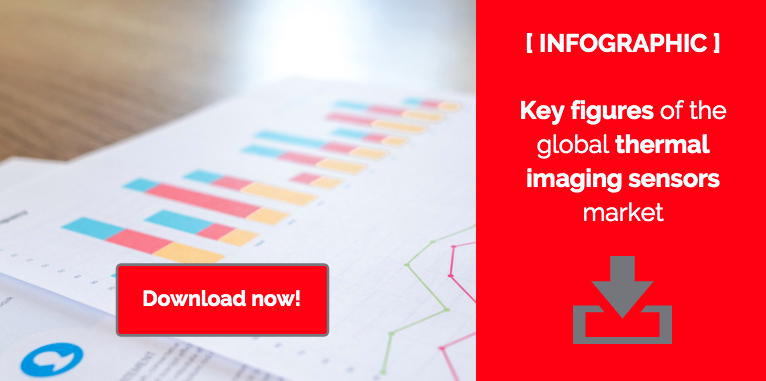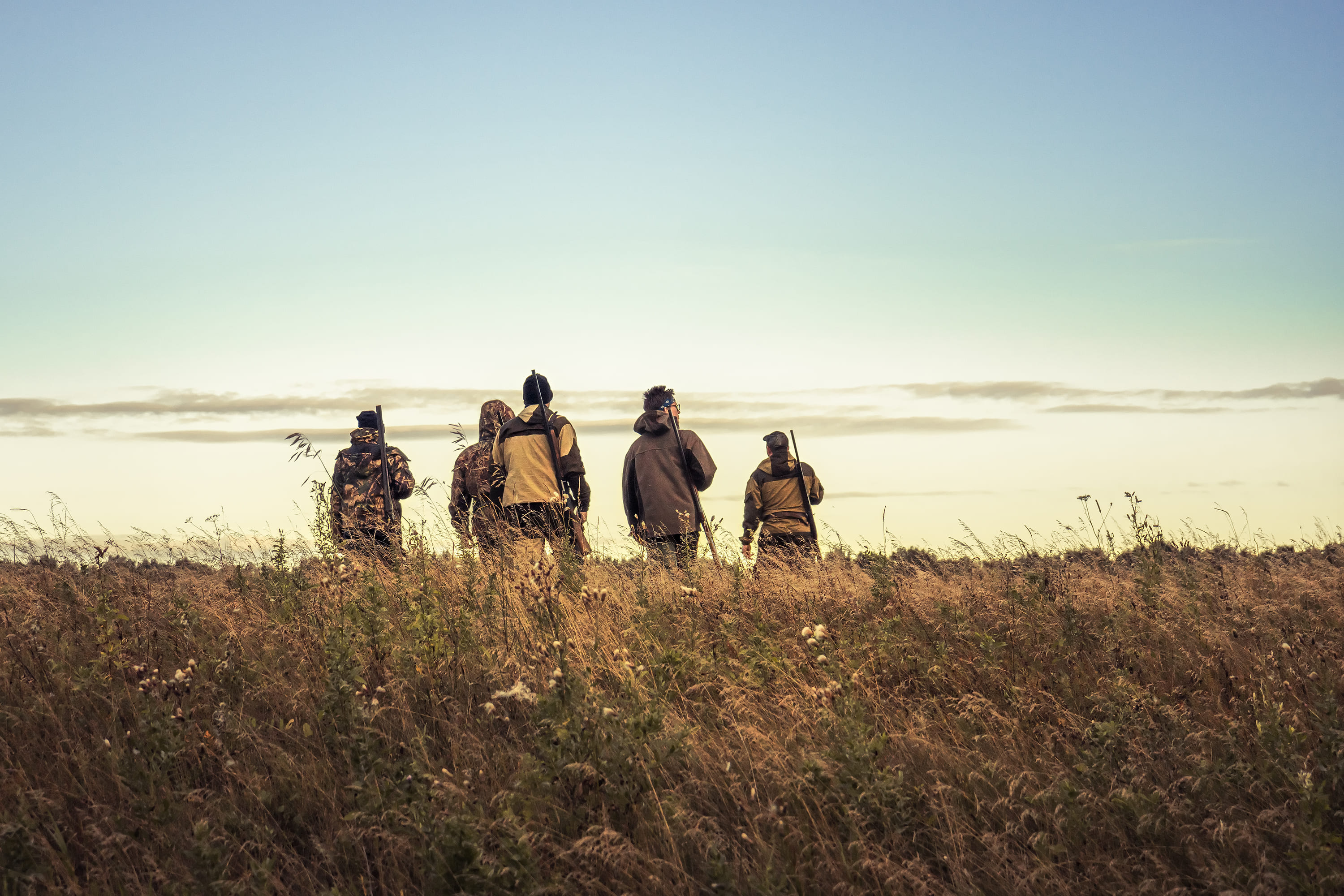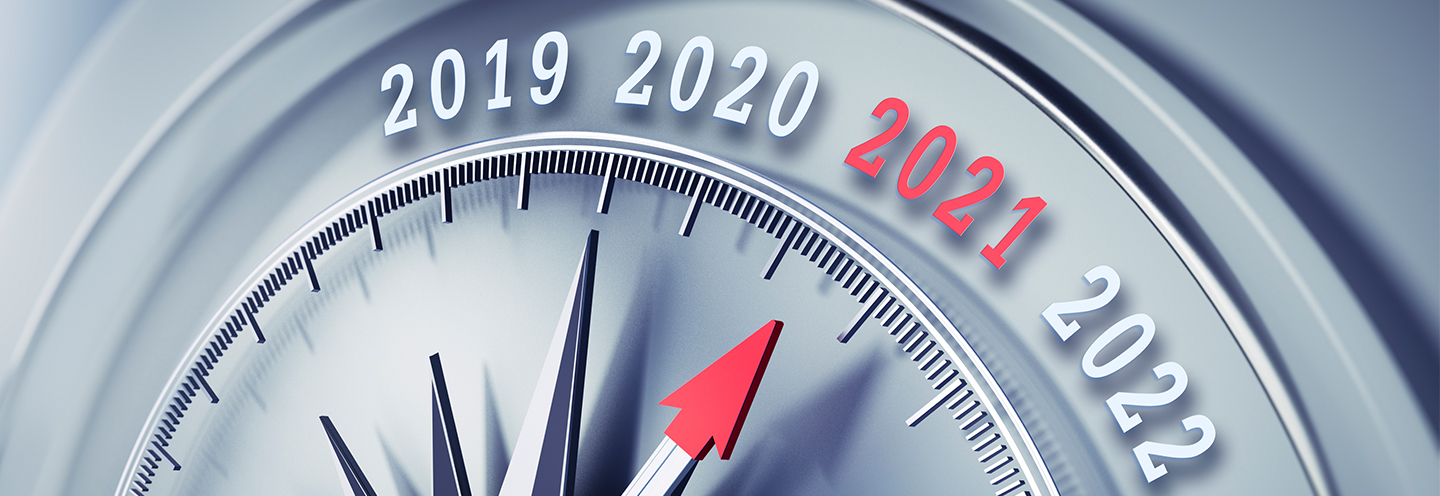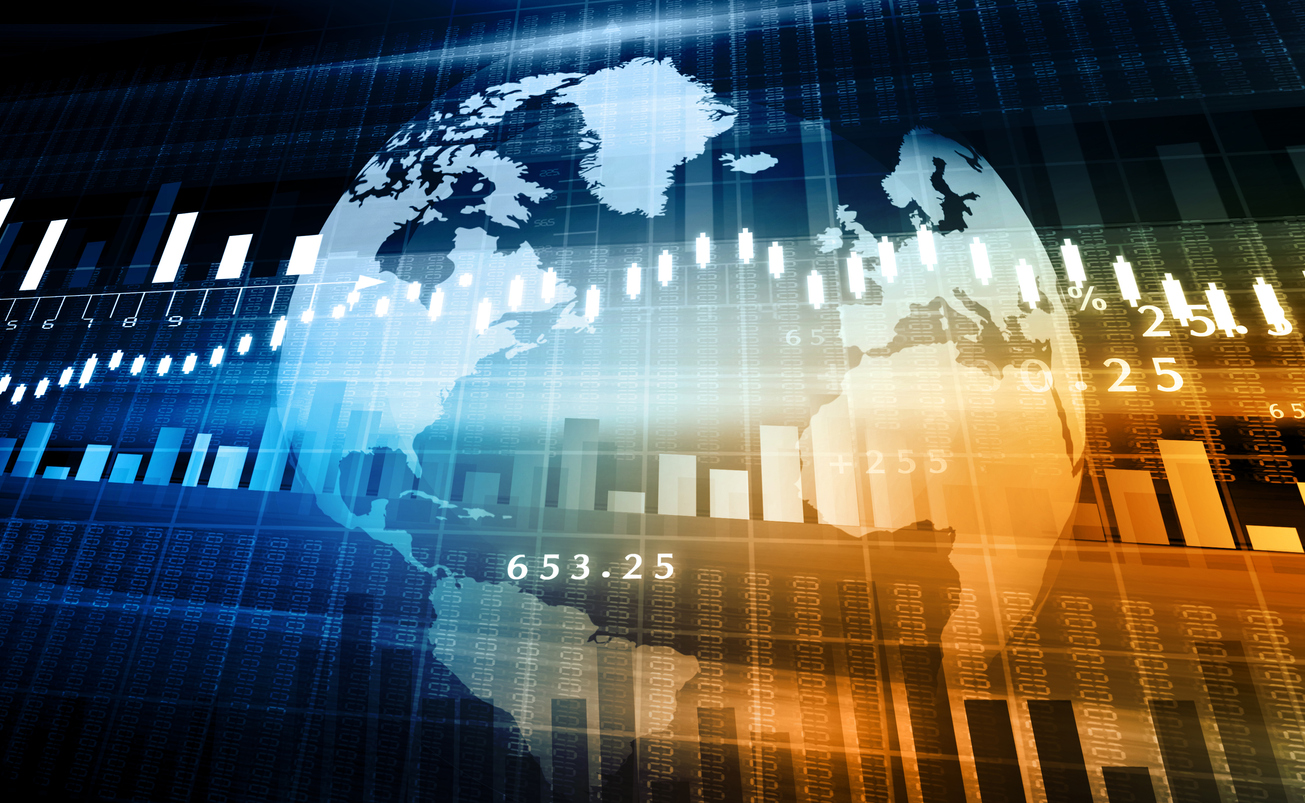Thermal imaging, originally developed for military applications, is now making its way into a growing number of civil applications. Products and solutions that integrate thermal imaging technologies have been around for years, and new ones are appearing all the time. The technology is also garnering increasing interest from academic researchers, who are using it for a wide variety of complex and demanding applications.
This article provides an overview of today’s main applications for infrared technology.
Defense
In the defense industry, thermal imaging technology can be found in personal equipment like viewfinders and binoculars and in military vehicles, where it is used for perimeter surveillance, driving assistance, and remotely-operated turrets. The technology is also found in drones and short-range missiles.
Thermography
Buildings and construction
Thermography can be used to analyze building heat loss at virtually any scale from a single room to a home or commercial building…or even an entire city! A thermogram—a “picture” that shows a building’s energy losses using color gradations—is a useful addition to any thermal or energy audit.
Industrial inspection and machine vision
Thermography has many uses in industrial inspection, including in-line quality control of welds or on bottling-plant production lines, for example. It is currently used by some of the most technologically-advanced industries for these and other applications.
Gas detection
In the oil and gas industry, infrared technology is used in all predictive maintenance programs, where it can detect dangerous and costly gas leaks.
Petrochemicals
In the petrochemical industry, thermal cameras are used specifically to inspect the inside surfaces of cracking furnace tubes.
Preventive maintenance
Thermography can be used in both maintenance and prevention. Thermography-enabled continuous inspection can detect the random incidents that can occur at any time early on and mitigate their impact. The technology can be used to provide continuous inspection of electricity grids, for example, from the power plant and high-voltage power lines (regularly inspected by drone or helicopter) to the electrical panels serving government buildings.
And for machines, thermal imaging can provide the same continuous inspection capabilities, detecting the heat generated by abnormal friction so that maintenance can be performed before a problem escalates.
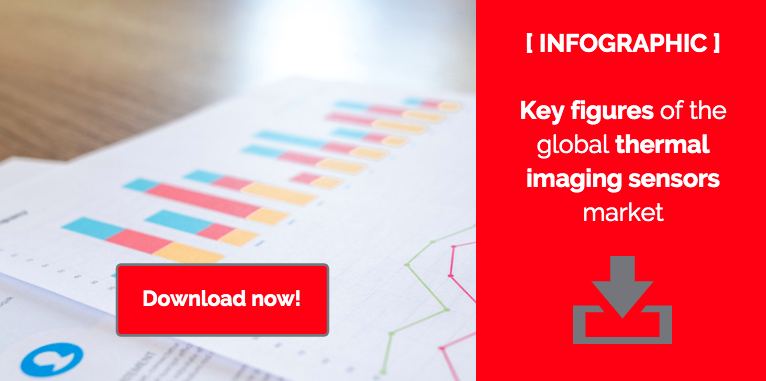
Surveillance and security
Thermal imaging can be used in urban surveillance systems (streets, parks, entertainment venues, and more), industrial warehouses, and, more broadly, to patrol national borders. It can provide constant perimeter surveillance during the day or at night and in all weather conditions. Thermal imaging can detect human presence without identifying individuals, which also makes it suitable for private-sector security applications, where privacy is a concern.
Drones
Crop surveillance and analysis
Radiometric thermal cameras generate images that can be used to improve crop yields by providing information on soil irrigation.
Structural health monitoring and linear surveillance
Drones, also used in industry, can go on monitoring and surveillance missions that are deemed too dangerous or difficult to access for humans. Here, thermal imaging can, for example, be used to inspect the pillars and apron of a viaduct or dam, eliminating potentially-hazardous human intervention. Inspection also takes less time and is more cost effective!
Firefighting
Firefighters use thermal imaging to locate victims in smoke-filled and other hazardous environments. Thermal imaging can also detect hot spots and verify, for example, that a fire is well extinguished.
Medical, paramedical, and veterinary imaging
Thermal imaging is a non-invasive technique that can highlight differences in temperature caused by muscle or circulatory issues or tumors, for example. Abnormal surface temperatures resulting from metabolic or vascular fluctuations (which can indicate a tumor, nerve pain, inflammation, or trauma) can be identified using thermal imaging. The technology has applications in mammography, dermatology, rheumatology, vascular medicine, neurology, traumatology, pharmacology, and veterinary medicine.
Outdoor and leisure activities
Thermal imaging provides a wealth of information people of all ages can use during their outdoor and leisure activities. For example, thermal imaging can be used to observe wildlife without disrupting their normal activities.
Smart buildings
Tomorrow’s buildings will pack in increasing amounts of technology that will enable more efficient management and enhance occupant comfort and convenience. Thermal imaging can be used to detect human presence (of authorized and unauthorized personnel), locate and count people, detect activity and intruders, alert facilities staff to abnormally-high temperatures, and manage lighting and heating.
Transportation
Equipping vehicles with thermal imaging technology can make a substantial contribution to improving traffic safety. It can provide nighttime driver assistance, alerting drivers to a pedestrian, cyclist, or obstacle in the vehicle’s path. Thermal imaging can rapidly detect a potential danger, giving drivers the ability to respond faster and avoid an accident. When used in the passenger cabin, thermal imaging can detect driver alertness and wake drowsy drivers up before they fall asleep!
Connected devices
Connected devices are becoming increasingly common in everyday consumer applications. However, they are also finding their way into our workspaces as well!
Connected glasses
Connected “smart” glasses can be used for both personal entertainment and in industrial settings (such as by workers on a manufacturing line). The glasses, which include a thermal camera, deliver augmented reality, voice command, and thermal detection capabilities.
Thermal goggles
Thermal goggles leverage sensors that can detect and alert the wearer to differences in temperature. Firefighting is one obvious use for thermal goggles, which can provide a real-time image of temperature variations—information firefighters can use to navigate their way through dangerous areas.
Thermal goggles also have applications in defense, where they are used to detect sources of heat and human presence. Finally, thermal goggles could also be of use in the home, warning occupants of high temperatures—like a hot stove or pot—and preventing burns and other accidents.
An enhanced video gaming experience
Thermal vision headsets can bring video gamers a totally immersive experience, giving them additional accessories they can use depending on the needs of the game.
Thermal imaging cameras for smartphones, tablets, and digital cameras
Integrating thermal cameras directly into smartphones, tablets, and digital cameras will place the technology within reach of a wide range of consumers and professionals. Thermal cameras will transform our everyday electronic devices into powerful tools for home surveillance, troubleshooting, and electrical inspection.
Thermal imaging sensors are making inroads into consumer, commercial, and industrial applications, driving high market growth and fueling the development of new products.
To learn more about the high-growth thermal imaging market, download our infographic below to see the latest market data and trends.
